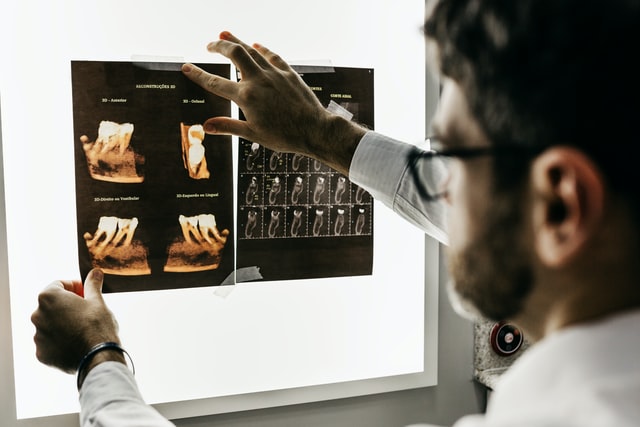If you’re like most people, you don’t spend a lot of time thinking about your x-rays. You might not even know what they are, much less why they matter to your health and well-being as an adult or child. If this sounds like you, don’t worry! This guide will give you all the information you need to ensure that your dentist is making smart decisions about how and when he or she uses x-rays in your dental care plan.
What Are Dental X-Rays?
Before you can understand why you look for dental xrays, it’s important to know what they are. A dental x-ray is a type of photograph of your teeth, jawbone, and surrounding soft tissues that are taken using an ionizing radiation source. Radiographs like these help dentists diagnose many different types of conditions. For example, if a tooth becomes cracked or decayed over time, radiographs can often show signs of it long before other symptoms (like tooth sensitivity) become apparent. Some types of injuries—like trauma from a car accident—can also cause serious damage that only shows up in x-rays. In short, taking regular x-rays every few years could be one of your best protections against future oral problems and costly procedures down the road.
The Importance of Getting Regular Check-ups
Regular dental check-ups are one of the most important things you can do for your teeth. During a typical visit, your dentist will perform a dental exam that includes examining your mouth, teeth, gums, tongue, lips and throat. The dentist will check for any gum disease or cavities that have developed since your last visit. He or she will also take X-rays to get a clearer view of your mouth and make sure everything is healthy.
What Does the X-Ray Show?
A dental x-ray shows radiographic densities in a range of shades from white (no density) to black (high density). The dentist will view these densities using contrast media on an x-ray viewer or monitor. Radiographs can show decay, inflammation, tumors, cysts, abscesses, and other diseases of the teeth and jawbone. Densitometry is a method for measuring x-ray opacity.
How Do I Prepare for a Visit?
Before your appointment, it’s best to relax and spend time taking care of any loose ends so you’re not preoccupied with other issues during your dentist visit. Make sure you arrive for your appointment with a full tank of gas (or a full battery if you commute by car) and some extra cash in case anything unexpected happens.
What Should I Expect During My Appointment?
Your dentist will first do a general examination of your teeth, gums, and jaw. To determine whether you need dental x-rays, he or she will feel for any large cavities or abnormalities in their hands. Next, they’ll take an impression of your teeth by applying a plastic material called alginate around them; after it hardens, they’ll remove it and send it to a lab. Finally, they’ll take two pictures of each tooth—one from above (called occlusal) and one from below (called lingual). These photos are what you might have heard referred to as bitewing x-rays.

